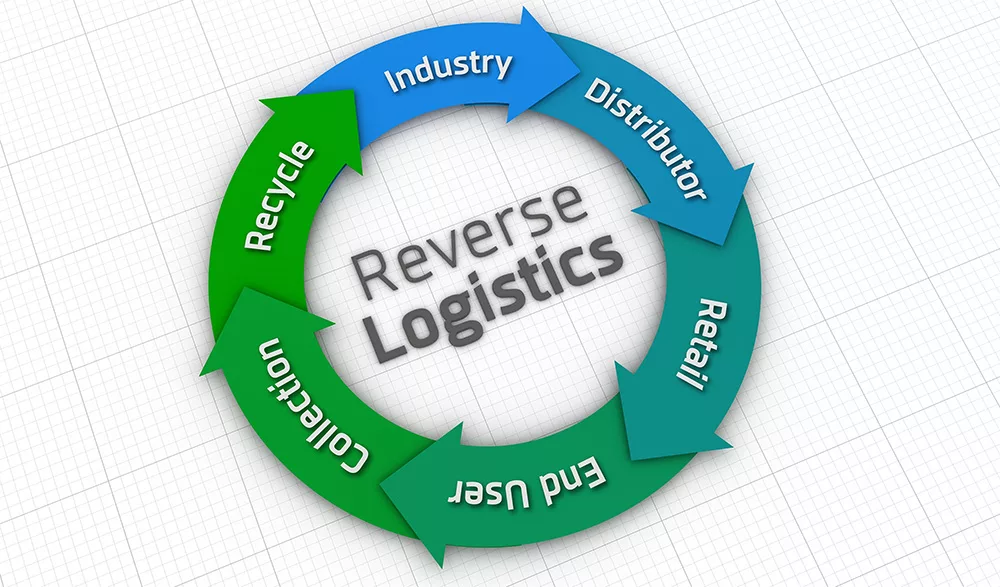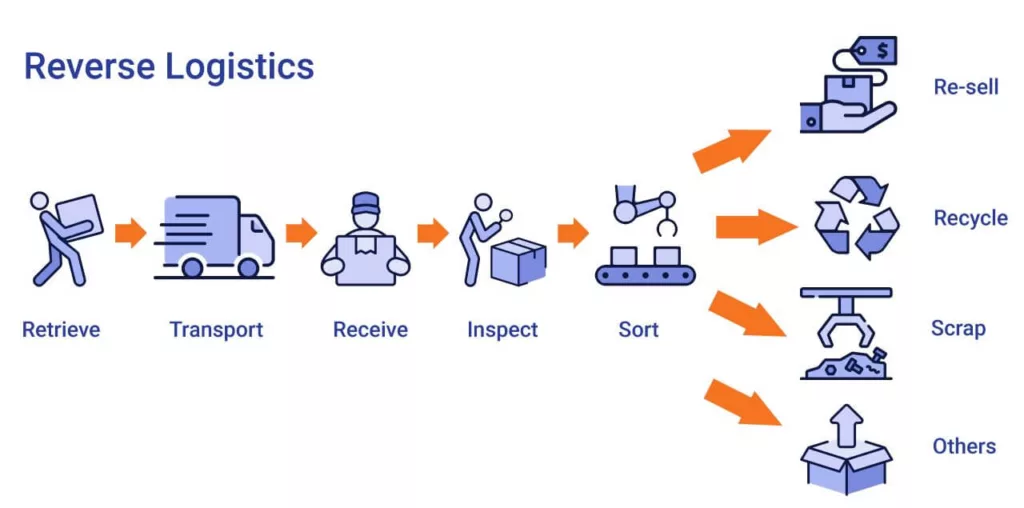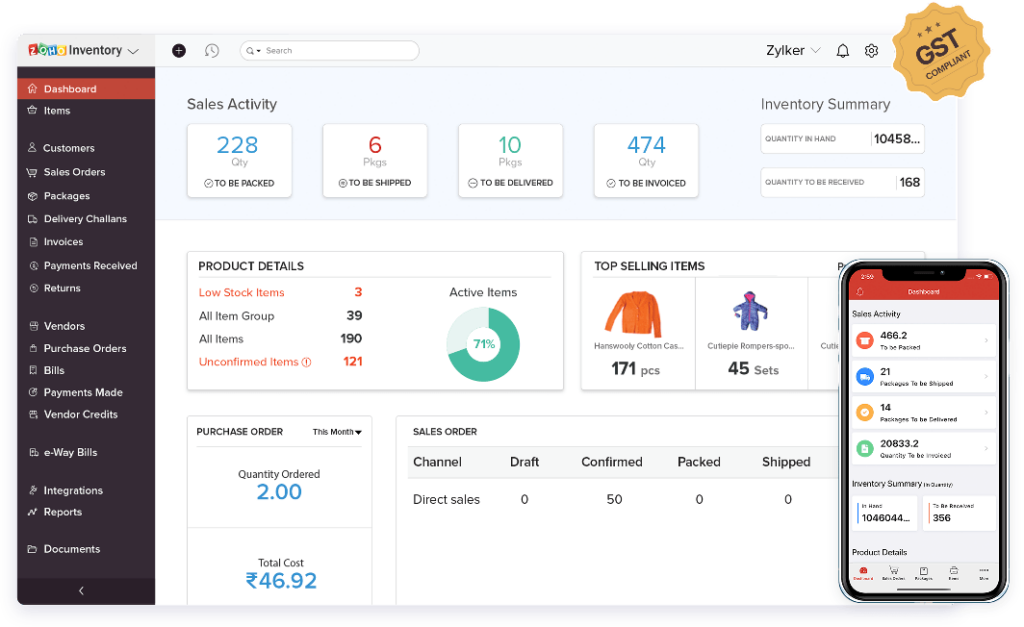In today’s competitive business landscape, efficient management of the supply chain is crucial for the success of any company. While traditional logistics focuses on the forward movement of goods from manufacturers to end consumers, reverse logistics plays an equally important role in handling product returns, repairs, recycling, and more. In this blog post, we will delve into the concept of reverse logistics, its applications, benefits, challenges, and strategies for optimization.

What is Reverse Logistics?
Reverse logistics refers to the process of managing the flow of products, materials, and information in the opposite direction of the traditional supply chain. It involves activities such as product returns, repairs, recycling, refurbishing, and disposal. It aims to maximize the value of returned products and minimize waste throughout the supply chain.
When is Reverse Logistics Used?
It is utilized in various scenarios, including:
- Product returns due to customer dissatisfaction, defects, or warranties.
- Recycling and disposal of end-of-life products.
- Remanufacturing and refurbishing to extend the product’s lifecycle.
- Redistribution of excess or obsolete inventory.

The Difference between Reverse Logistics and Traditional Logistics
While traditional focuses on the forward movement of goods, reverse logistics deals with the reverse flow. The key differences include:
- Traditional moves products from manufacturers to end consumers, while reverse involves the movement of products from consumers back to manufacturers or other appropriate channels.
- Traditional aims to optimize the efficiency of the supply chain, while reverse focuses on optimizing the value recovery and minimizing waste.
How Reverse Logistics Works
It’s process typically includes the following stages:
Product returns
Customers initiate returns through various channels, such as returns centers or online portals.
Inspection and sorting
Returned products are examined to determine their condition and appropriate disposition.
Decision-making
Based on the inspection results, decisions are made regarding refurbishment, repair, recycling, or disposal.
Value recovery
Products suitable for refurbishment or repair undergo necessary actions to bring them back to a sellable condition.
Recycling and disposal
Products that cannot be repaired or refurbished are recycled or disposed of responsibly.
Benefits of Reverse Logistics
Implementing effective logistics processes can bring several advantages, including:
- Improved customer satisfaction by providing hassle-free return experiences.
- Reduced environmental impact through responsible recycling and disposal practices.
- Increased value recovery from returned products.
- Enhanced inventory management by optimizing returns and reducing obsolete stock.
- Opportunities for product innovation and design improvements based on customer feedback.
Challenges of Reverse Logistics
While it offers significant benefits, it also presents challenges that need to be addressed, such as:
- Complex logistics network and coordination requirements.
- Increased operational costs due to product handling, sorting, and disposition processes.
- Potential losses from product devaluation, especially with time-sensitive goods.
- Regulatory compliance and legal considerations regarding recycling and disposal practices.
How to Optimize Reverse Logistics
To optimize it, consider implementing the following strategies:
- Firstly, streamline the returns process by providing clear instructions and user-friendly return channels.
- Secondly, invest in technology and systems for efficient tracking and visibility of returned products.
- Thirdly, implement effective quality control and inspection processes to identify products suitable for refurbishment or repair.
- Fourthly, collaborate with logistics companies that specialize in handling returned products.
- Lastly, continuously analyze data and customer feedback to identify trends and areas for improvement.
Conclusion
Reverse logistics is a critical component of the supply chain management process. By effectively managing product returns, repairs, recycling, and more, companies can improve customer satisfaction, reduce waste, and maximize value recovery. Despite the challenges involved, optimizing it through streamlined processes, technology adoption, and collaboration can lead to significant benefits for businesses and the environment alike.
Looking for logistics company partner? Contact Fulfillmen today!




